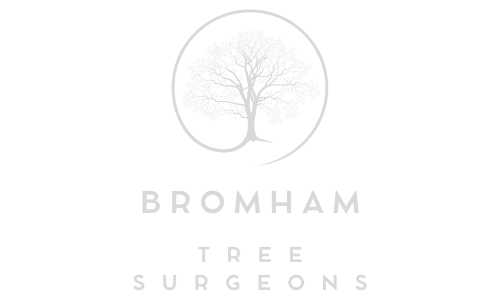Seamless Transitions: Tree Crown Reduction and the Art of Tree Transplanting Techniques
Introduction: The need for strategic tree management practices becomes increasingly evident in the ever-evolving tapestry of urban landscapes. Whether due to development projects, landscaping initiatives, or environmental considerations, the transplantation of trees often arises as a necessary measure to preserve arboreal assets and maintain ecological balance. Amidst these endeavours, tree crown reduction emerges as vital in facilitating successful tree transplanting techniques. Join us as we delve into the symbiotic relationship between tree crown reduction and the art of tree transplanting, unravelling how these practices converge to ensure seamless transitions for our arboreal companions.
Understanding Tree Transplanting Techniques:
Tree transplanting involves relocating trees from one location to another, preserving their root systems and structural integrity to facilitate successful establishment in their new environment. This meticulous undertaking requires careful planning, specialised equipment, and expertise to minimise stress on the tree and maximise its chances of survival post-transplantation.
The Role of Tree Crown Reduction:
In tree transplanting, tree crown reduction is a preparatory measure to optimise the tree’s adaptability and resilience during relocation. By selectively reducing the size and density of the tree’s canopy, arborists can alleviate stress on the root system, minimise water loss through transpiration, and mitigate the risk of damage during transportation. This strategic approach enhances the tree’s survival prospects and promotes balanced growth and vitality in its new environment.
Implementing Tree Crown Reduction in Tree Transplanting:
- Pre-Transplant Assessment: Arborists thoroughly assess trees slated for transplantation, evaluating factors such as health, size, and root structure. Based on these assessments, a tailored transplanting plan is developed, incorporating tree crown reduction as necessary to optimise the tree’s condition for relocation.
- Selective Pruning: Tree crown reduction techniques selectively remove branches that may impede the transplantation process or compromise the tree’s structural integrity. By carefully thinning the canopy and reducing branch length, arborists minimise the risk of damage during handling and transportation.
- Root Ball Preparation: In conjunction with crown reduction, arborists prepare the tree’s root ball—a soil mass containing the tree’s root system—for transplantation. The size and shape of the root ball are carefully determined to ensure adequate root-to-soil contact and minimise disruption to the tree’s root structure.
- Post-Transplant Care: Following transplantation, ongoing care and monitoring are essential to support the tree’s establishment and acclimation to its new environment. Arborists provide supplemental watering, mulching, and nutrient support as needed, allowing the tree to thrive and flourish in its new location.
Conclusion: In the dynamic landscape of urban forestry, tree transplantation represents a harmonious blend of science, art, and stewardship. By integrating tree crown reduction techniques into tree transplanting practices, arborists can facilitate seamless transitions for our arboreal companions, ensuring their continued vitality and contribution to urban ecosystems. As stewards of our green landscapes, let us embrace the transformative power of tree crown reduction and tree transplanting, nurturing trees towards a future of resilience, beauty, and sustainability.
Call us on: 01234 860 699
Click here to find out more about Bromham Tree Surgeons
Click here to complete our contact form and see how we can help with your tree’s need.

